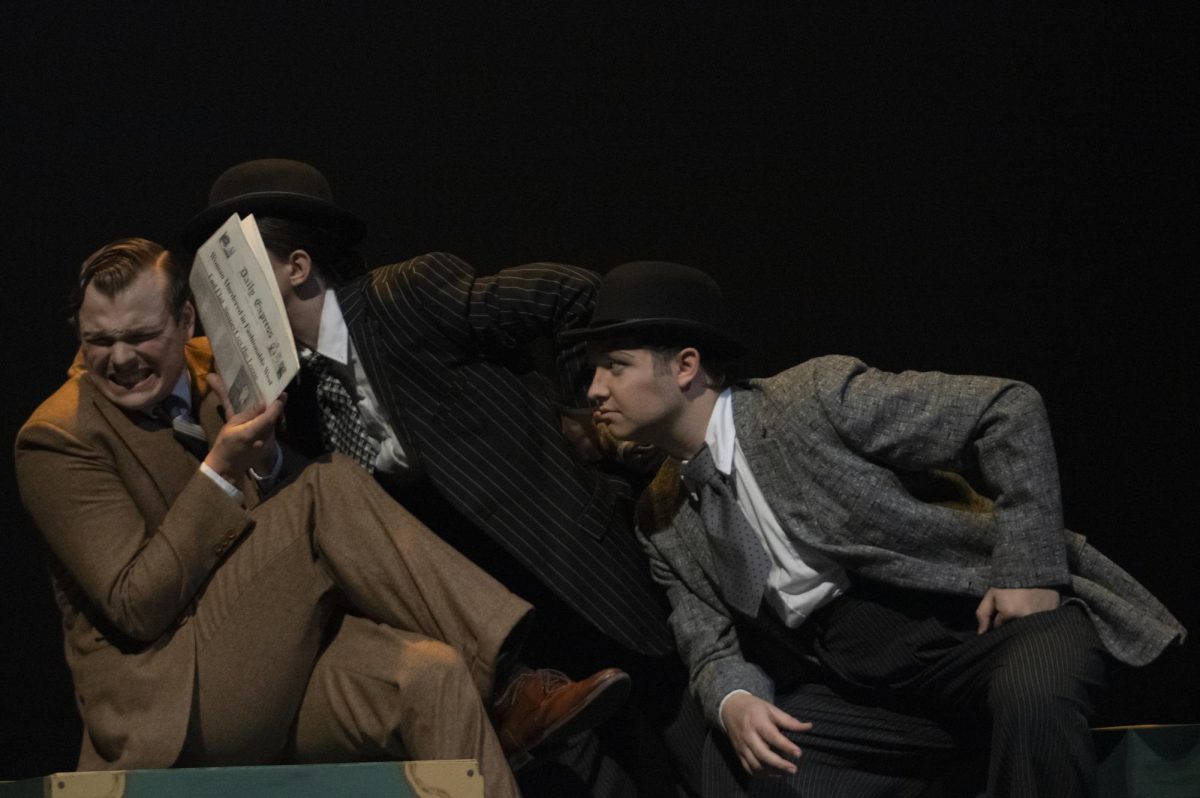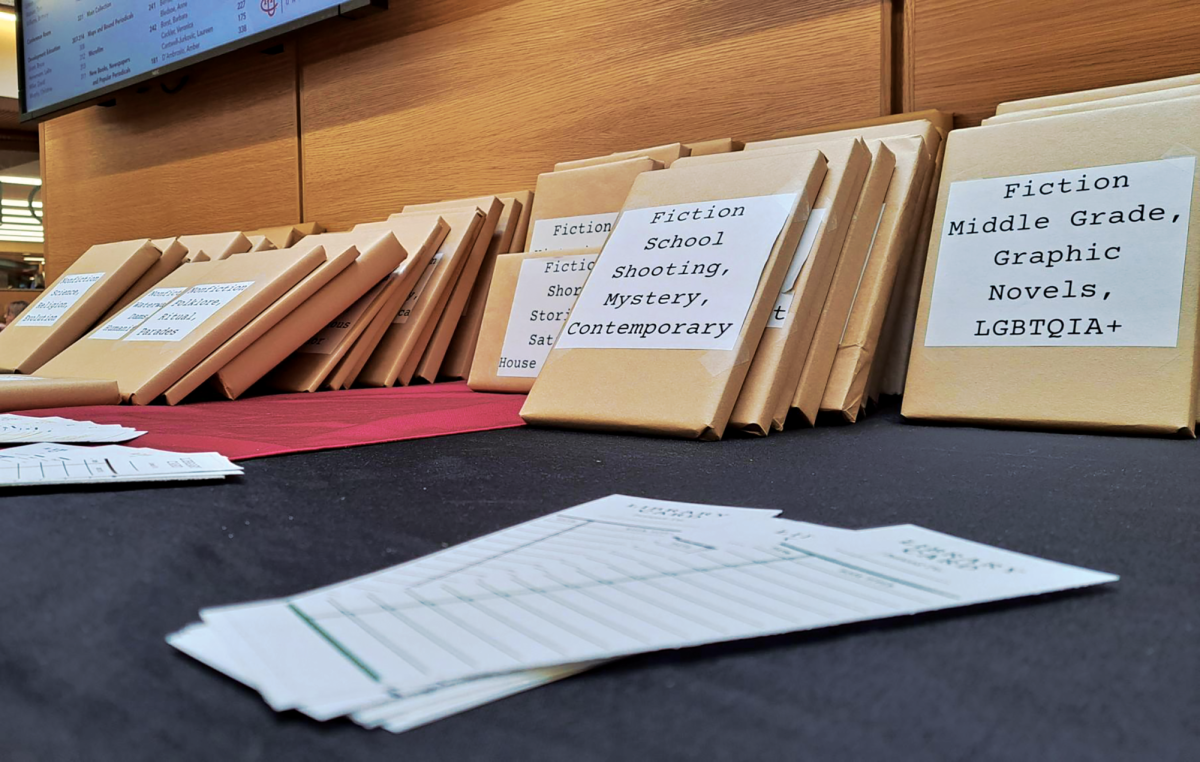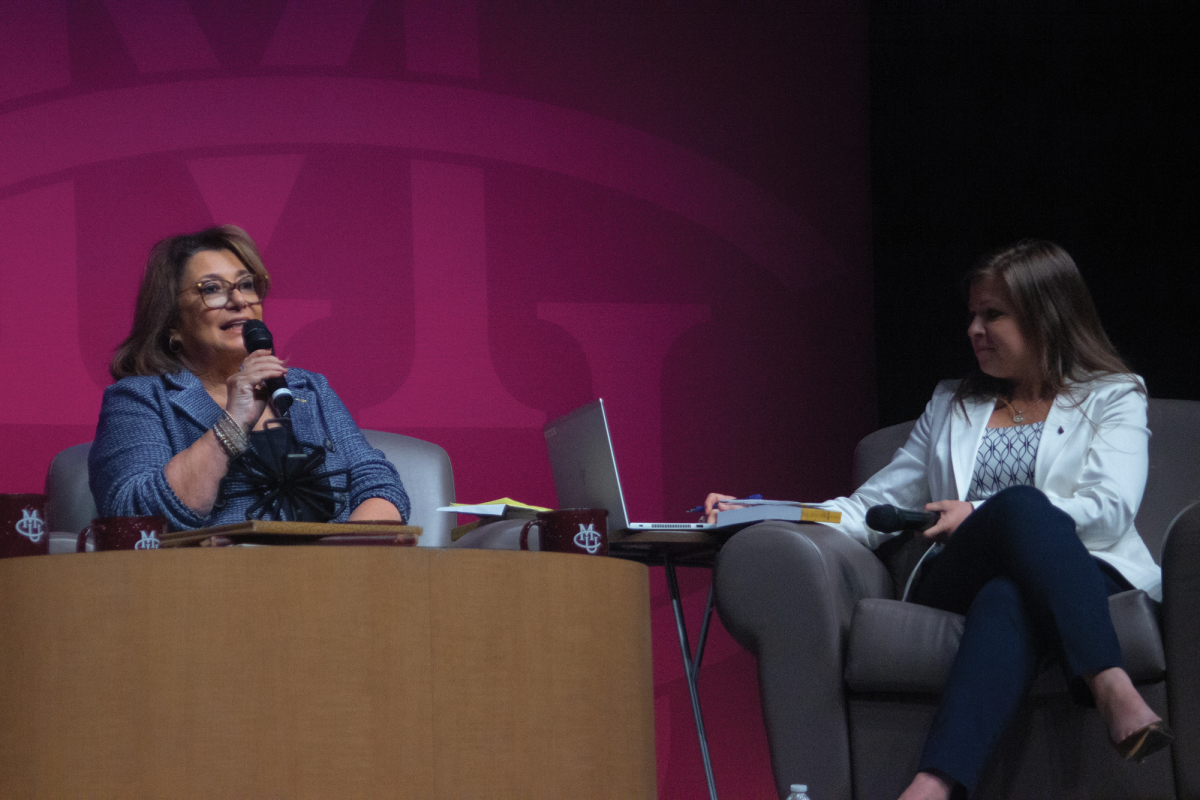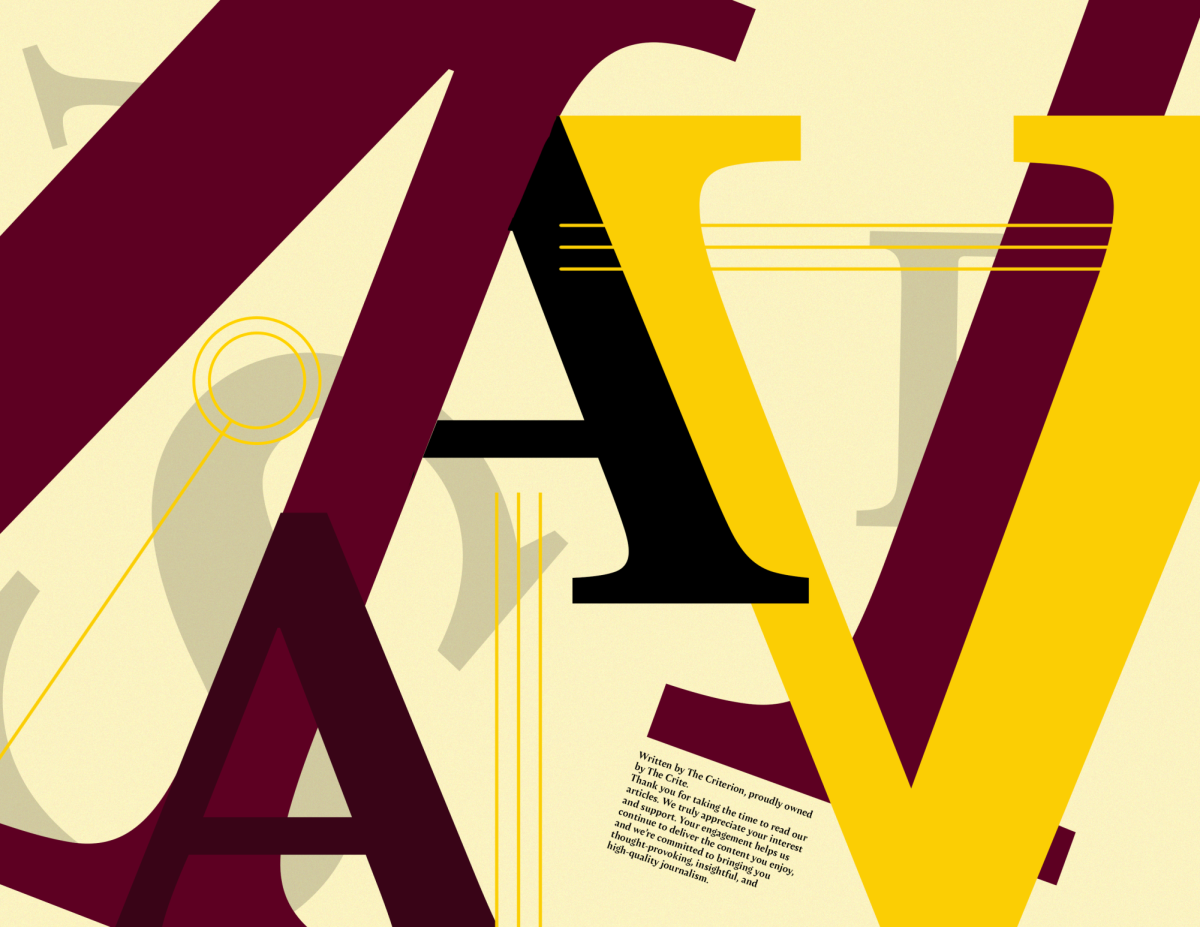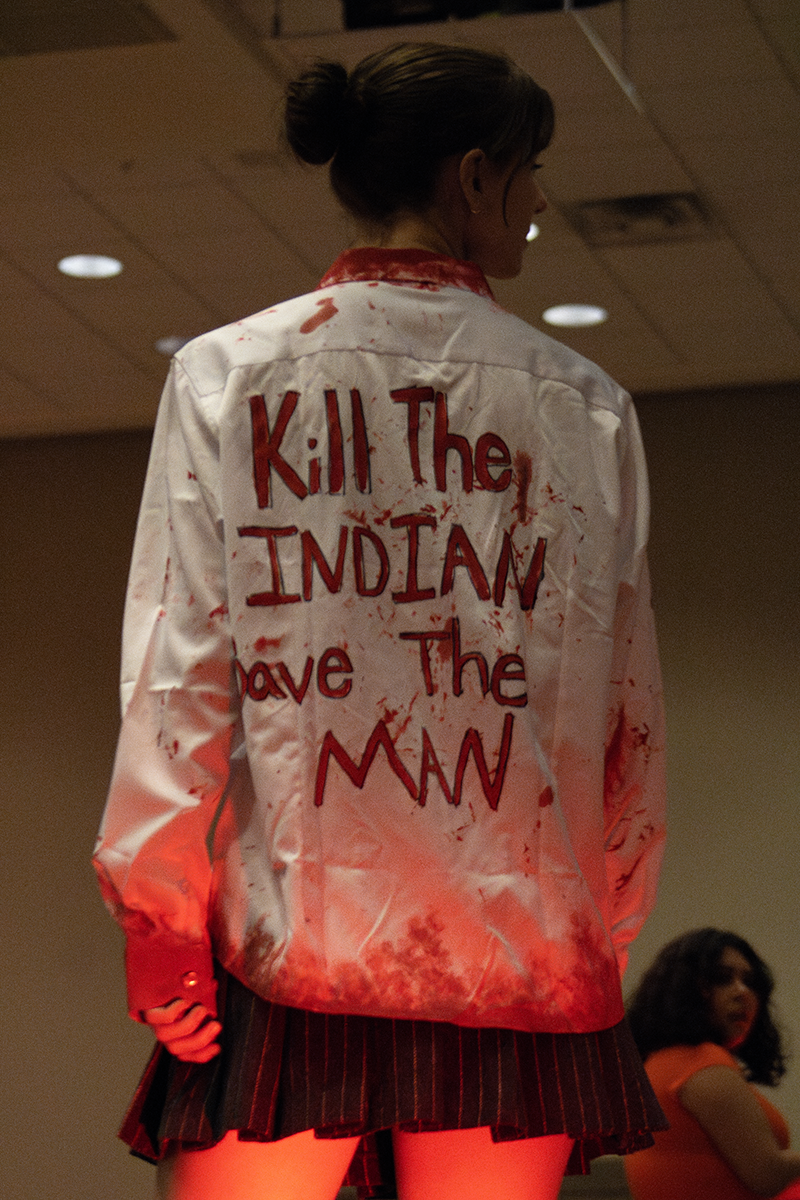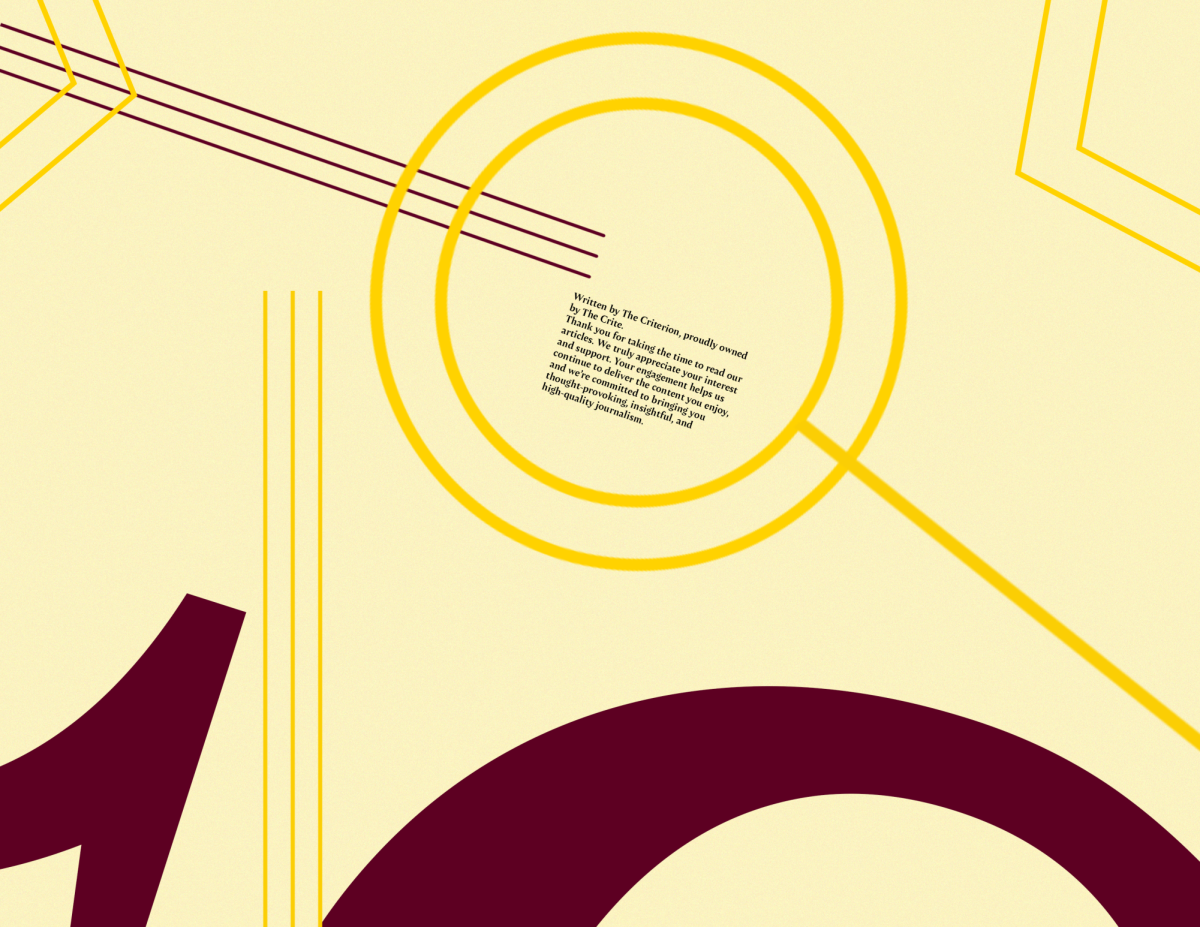Several of the Colorado Mesa University art department’s clubs gathered on the Delta Field on Oct. 19 for the third annual Artober Fest. Five major clubs set up booths on the field with activities for students, as well as items to purchase. The festival serves as a way to engage the community with the art department, as well as provide a fundraising opportunity for the clubs to send students to conferences or bring important artists to campus.
One of the easiest clubs to spot was the Printmaker’s Guild, a club made up of primarily studio art majors. At their booth, students were screen printing t-shirts for student purchase, as well as selling stickers and tote bags. According to Jess Hedlun, a member of the club, the Printmaker’s Guild primarily sells their shirts or gear throughout the year and takes commissions from other clubs to create shirts or other items.
Hedlun felt like Artober Fest was successful this year, and an important event for the department and clubs.
“It’s really nice for students to get involved with the art department and just see everything we do, like the different areas, the broad amount of things we can do here,” Hedlun said.
Another club present at the event was the Mesa Emerging Designers. At the festival, this club had a small “store” set up, where students could purchase items designed by students, such as Christmas cards and wallets, as well as stickers, soap and refurbished furniture. In addition, students were selling raffle tickets for a longboard and for a chance to “pie” their professor in the face.
Susannah Labonde, a communications officer for the club, discussed some of their other roles on campus.
“Most of our students, a lot of our students, work for the campus design studio, so a lot of the posters you see on campus are done by us,” Labonde said.
In addition, the club is also currently displaying artwork at the Point. The paintings there were found at garage sales or thrift stores, and then added into by students to create a new work from the old.
The newest club at the festival was the animation, motion and photography club, a group formed of members from the department’s program. This year was their first year as part of the festival.
According to club president Addie Mingilton, the club practices animation, stop-motion, using puppets for silhouette cut-outs and taking photos frame by frame, in addition to other techniques. The club and program provides students with some professional opportunities as well.
“We just had our advanced class do all the headshots for the Mesa County Sheriff’s department, and that was practice for class,” Mingilton said.
The animation, motion and photography booth included free puppets, sticker sales, character drawing and photos with celebrity cut-outs. The club also held a bake sale as a fundraiser.
Mingilton echoed the views of many other club leaders and members, when she called the festival a success, both for her club and for the community.
“I think it was a great turnout. We had all the high school students come through, so it was great to talk to them. It was awesome to have them come sit at the table,” Mingilton said.
Near the back of the field, almost hidden from sight, was the Clay Club. This club hosted a booth with three pottery wheels, open to the community for use.
[media-credit id=50 align=”alignleft” width=”300″] [/media-credit]
[/media-credit]
Marcus Fingerlin, the president of the club, said their booth was geared to teach people how to wheel throw and make pots. In addition, they also had competitions open to the community where people had to blind wheel throw or do a one-handed wheel throw.
Pottery made by members of the clay club was also for sale. The Clay Club has two other major sales during the year, one near Christmas and one near finals week and Mother’s Day.
Perhaps the most visible part of Artober Fest was the Sculpture Guild’s iron pour. The pour was student-run and started at noon, running until there was no more iron to pour.
Alaina Bittner, vice-president of the guild, described the process of the iron pour.
“We’re melting down hard chunks of iron and we’re turning it into a molten material so it can move and flow,” Bittner said.
She described how after the iron was melted in a cupola, it is poured into a ladle. From the ladle, the molten iron can be poured into molds, made of resin sand, which is created by mixing sand with a binding resin.
The largest sculpture being poured that day weighed 150 pounds and took two teams of two to pour because they didn’t have a large enough ladle to complete the pour with one.
While the pour is mainly run by advanced students, Bittner explained that they try to involve the younger students as well. During the pour, a younger student shadows an advanced student and then gets a chance to do their own pour, with the guidance of an older student.
The event is both for class and for the community.
“It’s sort of a combination between awareness and the actual act of pouring these molds. It’s an actual class project for a lot of people,” Bittner said.
One of the largest concerns during the iron pour is safety, which was evident by the thick leather jackets and shiny protective pants all participants wore. In addition, each student wore spats, a covering for the shoes and lower calves, to protect the student from burns from any splash back.
“It takes a lot of safety, a lot of awareness,” Bittner said.
While Bittner said there were some burns during that day’s iron pour, the protective gear prevented the burns from being severe, fourth-degree burns like that would be if the iron came in contact with bare skin.
“A couple semesters ago, there was a chunk of iron that flew behind someone’s spats and it gave them a severe burn,” Bittner said. “So stuff like that happens, but we try and minimize that as much as possible, so everyone has to be geared up, even the people just bringing the raw iron.”
The iron pour provides students with a valuable learning opportunity for class, as well as showcases a very visible and interesting part of the art department. Between the successful fundraising and the many students who seemed to stop by between classes or came over from the high school, the third annual Artober Fest gave the art department a visible face on campus.



